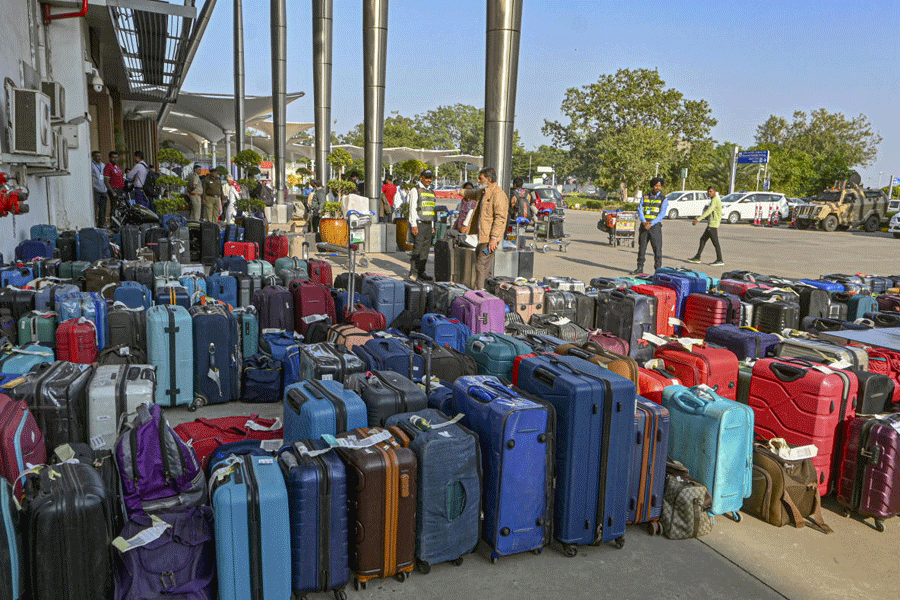An annual report card can, at times, be a source of both joy and discomfort. According to the National Crime Records Bureau report of 2021, Calcutta has — hearteningly — retained its title of “India’s safest city” for the second consecutive year. Calcutta not only witnessed a low burden of registered crimes but was also the only metropolis to have bettered its performance across such parameters as complaints under Section 498A of the Indian Penal Code, dowry deaths, and human trafficking. This is reassuring considering the fact that the conviction rate has been low in West Bengal. According to the annual NCRB report, Calcutta scored 103.4: the figure was calculated based on the number of cognisable offences recorded per one lakh people per year. The city witnessed just 11 rape cases; India witnessed, on an average, 86 such violations every day that year, according to the report. Calcutta’s improvement can be attributed to a number of factors that include diligent monitoring, public awareness, relatively safer public spaces and night patrols. These measures must be consolidated further.
This is not to say that Bengal has reasons to be complacent about crime. The same report also highlights that the state clocked the highest number of cases of cruelty against women by spouses or their relatives — a nationwide trend that was exacerbated by the pandemic — with a total of 19,952 cases filed under the anti-dowry law in 2021. That is not all. Bengal topped the list under acid attacks, came third in kidnapping cases, and ranked among the top five in dowry deaths. Entrenched misogyny, indifference to deterrence — why are legislations meant to deter dowry and acid attack not working? — under-reporting of crime by families and the custodians of law, feeble agency of women, among other malignant forces, have played an instrumental role in the spike in these kinds of violence. Alarmingly, Calcutta, the ‘safest’ city in terms of crimes in public sites, registered the highest number of complaints in private spaces: domestic violence was very high. This only goes to show the hydra-headed nature of crime against women. A number of things need to be done on a war-footing. Local administrations — thanas — must be sensitised. The reach of monitoring organisations must be expanded. Welfare schemes that augment financial autonomy and agency of girls and women must reach their intended targets. Mapping ground-level data is also a must to understand the deficiencies plaguing the administrative response to curb crime against women.










